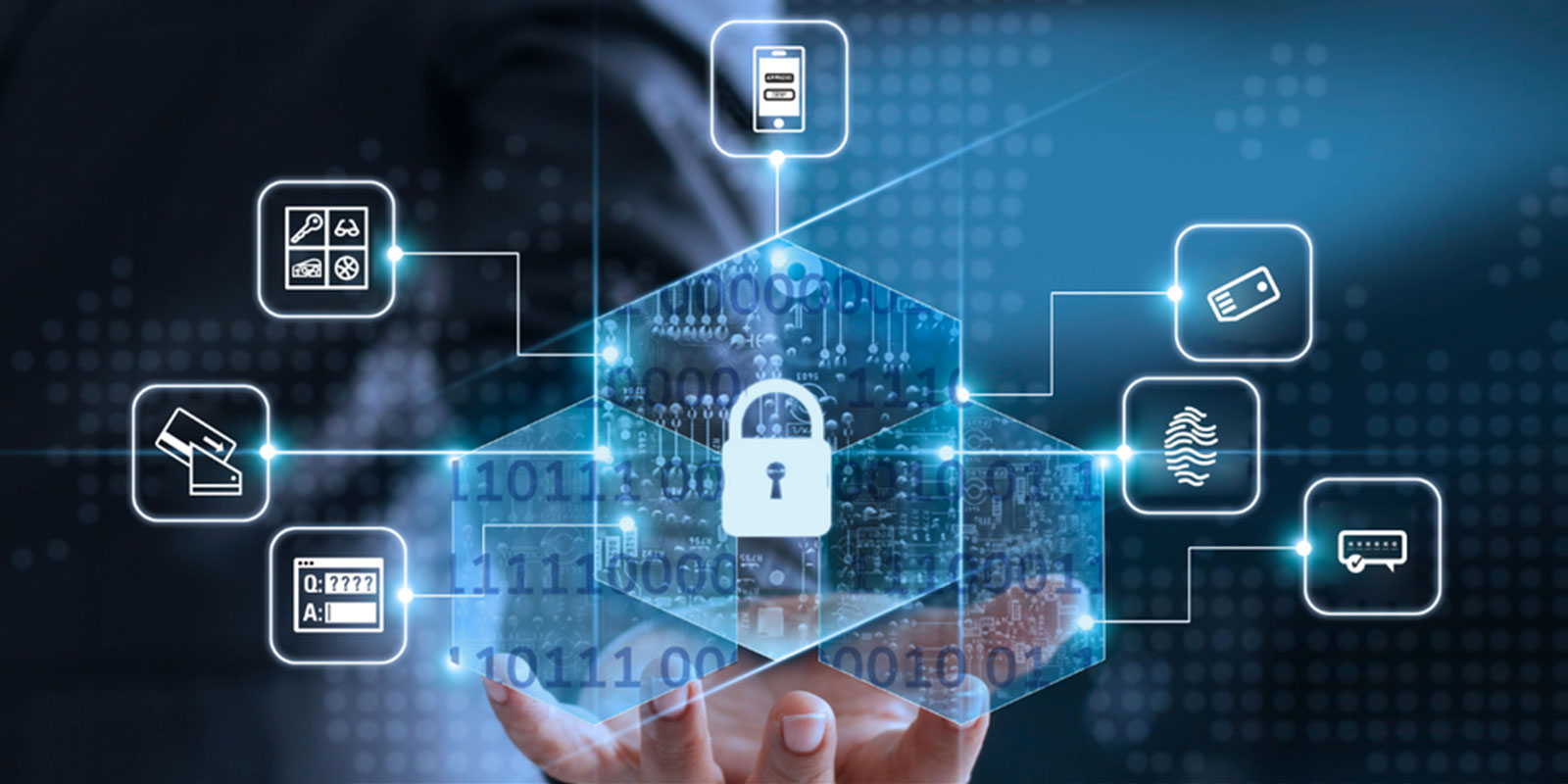
Roles of Authentication Services in B2B Communications
08 March, 2022
Every business wants to opt for the services which provide value addition to their existing operations along with high-level authenticity. Authentication basically claims the verification of one’s identity through the server. In real-time communications, authentication of provided services make the customers more engaged with an additional security factor. It encompasses multiple verification modules, password-less operations, unstructured supplementary service data, risk limitations, etc.
Types of Authentications
To target the audience at a big scale, marketing teams have to rely on mobile-based authentications as in today’s world, everyone is willing to receive handy and secured services on their mobile. Based on different features and capabilities, authentications can be classified into four types such as:
- USSD: It stands for Unstructured Supplementary Service Data, and is sometimes called feature codes or quick codes. Despite considering this as an outdated security element, it is a multifunctional simple interface technology that can be utilized in multiple approaches of digital marketing. The pop-up recharge menu on mobile phones is still a common thing in the day-to-day life of the masses. Some of the application segments of USSD are prepaid callback services, information services based on a specific menu, services based on location, WAP browsing, etc.
- MFA: It stands for Multi-Factor Authentication, and makes your sign-in process more secure. MFA provides multi-layer security to protect users from scams or unethical activities. However, attackers can break the MFA by utilizing their time but it can cost them a little more compared to any normal cyber attack. MFA can be classified further in three main elements such as:
2FA: Two-factor authentication does the same work as its name suggests. It enables you to secure your credentials with two unique methods of authentication. Through 2FA, one can verify its activity through multi-devices like mobile, tabs, PC, etc. simultaneously.
3FA: Just like 2FA, 3FA makes users’ credentials more secure with three-factor authentication. All three factors can be chosen by the users as per their ease and comfortability.
OPT-IN: This type of MFA is a bit similar to the rest as it too provides multi factor layers as security to critical data. End-user can customize the way or choose a specific type of authenticator as per their need. By using the OPT-IN option in security settings, one can enable one or two steps of authentication suggested by the panel.
Hence, MFA can make a great impact in users’ life when it comes to backing up with multi-layered security to secure sensitive or confidential data. It can work as a barrier to the unethical cybercrimes that occur often in people’s life. Therefore, it is useful to opt for authentication steps for the sake of protecting confidential data from scams. Recent stats and surveys show that still there are masses refusing the authentication as they are unaware of the capabilities of such security services. Here, at Fonabit, we enable our clients to opt for the best option of authenticity services.








